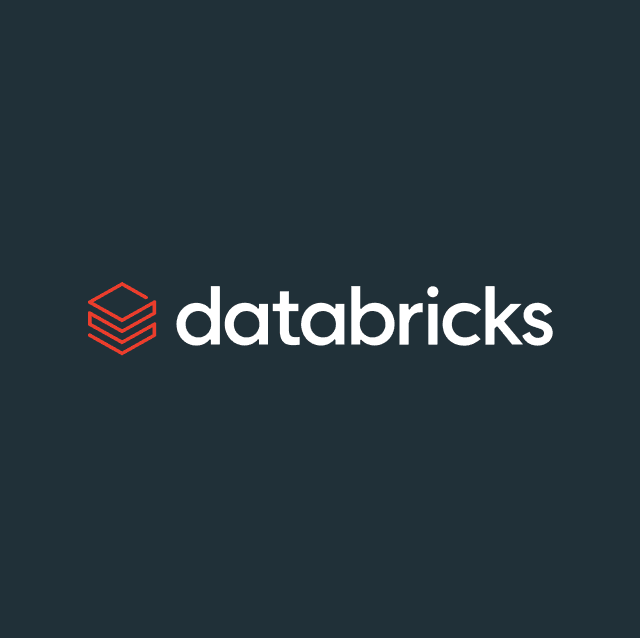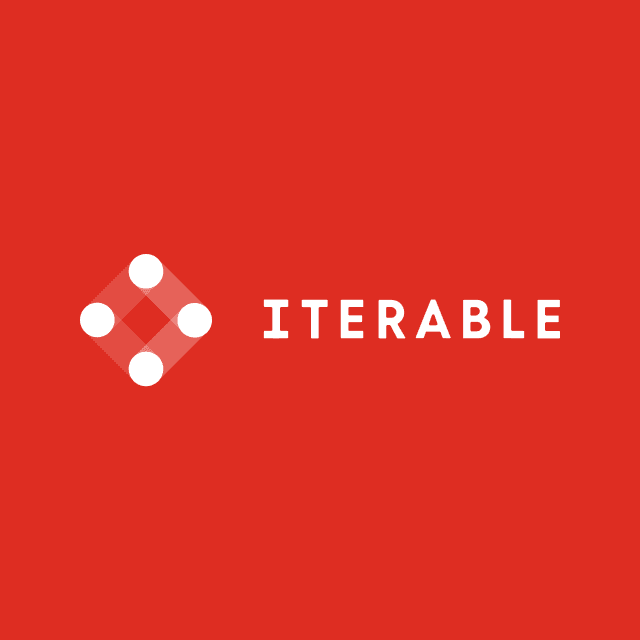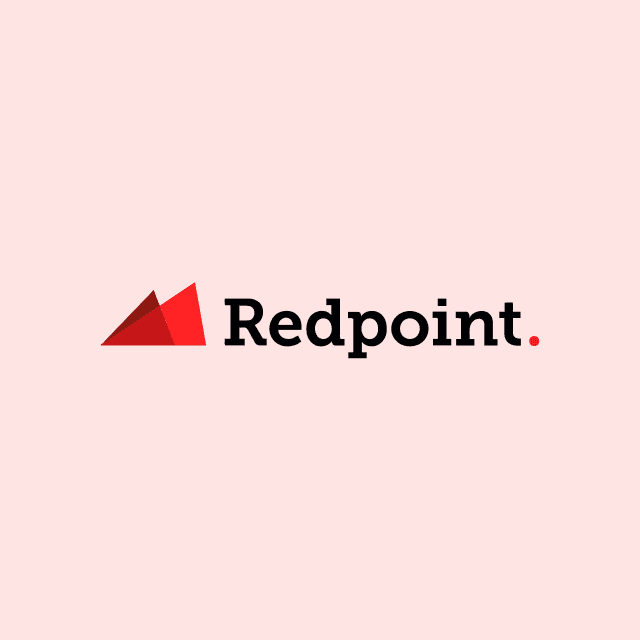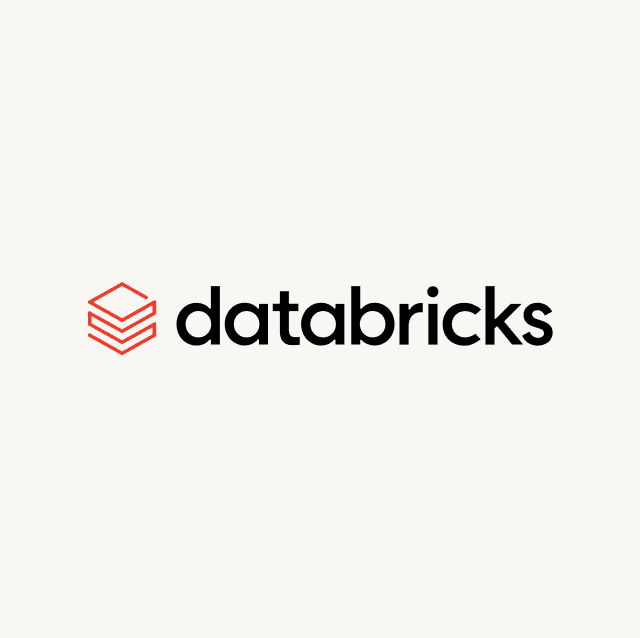Pioneered by companies like Slack, Grammarly, and Calendly, the product-led growth strategy and business model of letting customers try your product or service before they buy it has seen tremendous success. Today more companies than ever are giving out free trials and freemium products to hook potential users with immediate value and retain them for life. However, this new business model has also introduced a new level of complexity as product-led growth companies are now inundated with more potential customers than ever before.
What is a PQL?
Product-qualified leads are users that have interacted and engaged with your product through a freemium model or free trial. As a result, product-qualified leads are more willing to purchase your product than any other form of lead because they're already seeing value from it. The entire premise behind PQLs is to identify the specific moment or series of actions a user takes before transitioning from a free customer to a paying customer based on their product usage.
What's the Difference Between MQLs, PQLs, and SQLs?
Whereas marketing qualified leads (MQLs) consist of leads who've interacted with your brand in some capacity, and sales qualified leads (SQLs) represent prospective customers in your sales pipeline that have shown intent to buy, PQLs are quite different from all other types of leads because they're not based on "vanity metrics." Ultimately, the lead generation flow goes from MQLs to PQLs to SQLs.
Since product-qualified leads are closely correlated with product usage data (e.g., last login date, workspaces created, messages sent, total users, etc.), they have a significant advantage over all other prospective customers.
PQLs introduce a self-serve model where your customers are not forced to sit through a demo, muddle their way through a lengthy sales process, or interact with marketing content. PQLs eliminate and abstract all the tedious aspects of the buying process so that users can sell themselves on why they should use your product. PQLs help your product team identify relevant behavior, so they can build custom experiences unique to each individual end-user and move them through your sales funnel.
How to Identify Product-Qualified Leads
Identifying when a user becomes a PQL can be challenging. If you define every new signup as a PQL, it will be impossible to differentiate between any of your leads. Before coming up with your PQL definition, it's often easier to work backward and search for common similarities among your existing customers.
One way to do this is by having conversations with your customer-facing teams like sales, marketing, and customer success since they're on the front lines engaging with product users daily. However, a more accurate way to identify your PQLs is to look at the actual data within your product.
Why Do Product-Qualified Leads Matter?
PQLs are essential for your business because they give you direct insight into how users leverage your product. PQLs are also helpful because they allow you to track specific user-related behavior so you can understand exactly where someone is in the buying cycle and what needs to happen for that user to convert to paying customers.
SQLs and MQLs can be somewhat biased because your sales and marketing teams define the criteria. However, PQLs remove any guesswork because they're based on your customers' actions within your product.
Product-qualified leads are also highly beneficial for forecasting. Suppose you know that 50% of your PQLs will convert to SQLs, and 25% of SQLs will convert to paying customers. With this buying intent, you can identify red flags, hire accordingly, and implement sales and marketing processes to optimize your efficiency.
Types of Product-Qualified Leads
Although there are a lot of different metrics you can analyze to build your product-qualified lead definition, PQLs fall into four categories:
- Free users: any user who has signed up for a free trial or freemium version of your product.
- Free users requesting more information: any user actively trying to gain access to a specific product feature or learn more through marketing collateral.
- Free users who have exceeded product usage: any user who is giving off signals that they're ready to upgrade to your paid product/service.
- Users who have purchased your product without interacting with your sales team: any user who has gone through a self-serve sales cycle.
By classifying your PQLs into one of these four categories, you can see where each user is in the sales cycle to accelerate product adoption.
How to Score Product-Qualified Leads
Since every company has a unique product, the actions users take in your product will be drastically different. So, figuring out what key metrics directly correlate to a higher user adoption rate is extremely important.
For example, a communications company like Slack is based on active workspaces. The easiest way to measure this is through metrics like messages sent, active users, invites, number of channels, etc. On the other hand, a company like Grammarly helps users improve their writing, tracks activation progress through key metrics like words typed, spelling errors, words checked, writing style, etc.
Here at Hightouch, we define a product-qualified lead as anyone using more than one of our integrations because this means they are exceeding our freemium product. However, if we want to get more granular with our definitions, we can look at workspaces, syncs, monthly queried rows, etc.
You first need to pick your core metric when identifying precisely what core metrics you want to measure in your PQL definition. For a streaming platform like Netflix, that might be hours consumed. For a SaaS business like Grammarly, it could be something as simple as words typed. Either way, you need to analyze key metrics like:
- Total users
- Product usage
- Most popular features
- Product interest
- Adoption rate
- Spending habits
You should also try and ask the following questions:
- What do your most active customers have in common?
- What key features do your existing customers use the most?
- What is your ideal customer profile?
- When does product usage begin increasing?
- What causes product usage to decrease?
- What is the most used feature in your free tier?
- At what stage do your free-tier customers look to upgrade?
- What is your activation definition?
Building Your PQL Score
Building your PQL definition is very similar to any other type of lead scoring because you need to assign positive and negative values to specific product usage data that you want to measure. For example, if you know that all new users who create a workspace within 30 days of signing up have a 30% chance of becoming a paying customer, you could award 30 points to users with those attributes. Conversely, you could deduct ten points from users who haven't signed into your app within the last week. Typically your scoring system should be based on a scale of 1-10 or 0-100, but ultimately the scale you choose to implement doesn't matter.
In most cases, all of the data to build your PQL definition already lives in your warehouse, which means you need your data team to create a PQL model. The first step to building your model is simply defining all the actions a user can take in your product and assigning values. From there, you'll need to write some SQL logic. Lucky for you, we already created a guide with some SQL to help you get started.
When Does a User Become a PQL?
The moment someone signs up for your product, you should classify that user as a PQL. However, just because someone has met your initial PQL criteria does not mean you should start targeting them from a sales perspective. Not all product-qualified leads are equal. There's a big difference between a new user and someone actively leveraging your product. The ultimate goal of your PQL definition should be to drive product adoption and feature usage.
Implementing PQLs
A PQL definition is useless if it just lives in your warehouse. Your business teams want and need access to this data in their native SaaS tools.
- Your support team wants to know when a customer runs into a bug in your app.
- Your sales reps want to know when company X signed up so they can book a demo.
- Your marketing team wants to build a drip campaign with relevant content to reengage certain users.
- Your product team wants to know which features are being most heavily used so they can optimize the user experience and accelerate feature adoption.
In the past, syncing data from your warehouse to your downstream SaaS tools was challenging because it required you to integrate with third-party APIs and build and maintain custom data pipelines for every tool in your technology stack.
Hightouch eliminates this problem by querying directly against your warehouse and syncing your data to 250+ destinations like Salesforce, Hubspot, Braze, Iterable, etc. With Hightouch, you can map the columns in your warehouse to the appropriate fields in your end destination, whether that's syncing a PQL score or actual product usage data (e.g., last login date.) There's even a visual audience builder for your non-technical users so you can create cohorts of users with the parameters your data team has set in place.
Benefits of PQLs
Product-qualified leads provide many benefits because they allow you to see how users interact with your product and enable you to act on that information in real-time. With PQLs and product usage data at their fingertips, your business teams can leverage real insights in their decision-making and use them to drive meaningful value for your customers.
In addition to streamlining and optimizing your business processes and workflows, PQLs also provide enormous benefits over traditional leads because they represent your ideal customer profile (ICP.) PQLs are more likely to convert into paying customers and less likely to churn after adopting your product. They also have shorter sales, lower customer acquisition costs (CAC), and higher annual contract value (ACV). Ultimately, PQLs represent the single highest intent leads you can generate for your business and they often turn into your most valuable customers.
If you’re not tracking PQLs today, you’re missing out on valuable product analytics data that you could be leveraging to optimize your customer experiences, increase your conversion rates, and drive more revenue.












